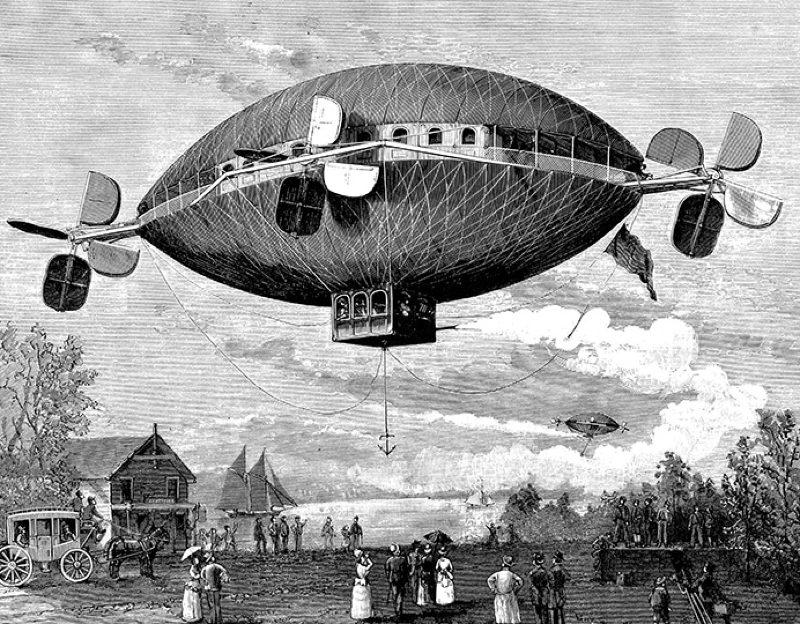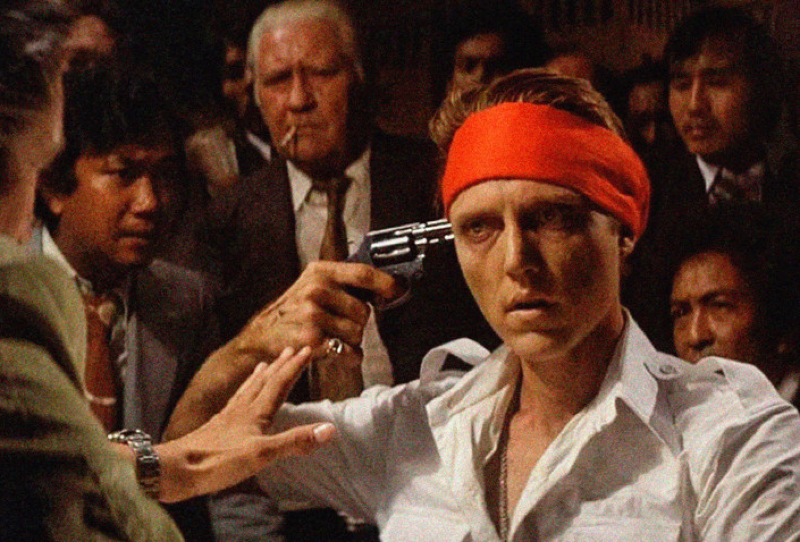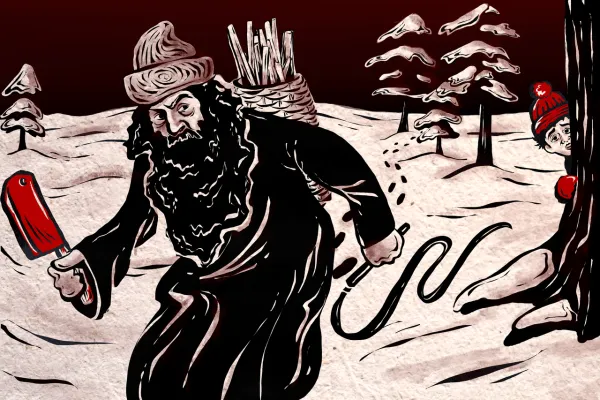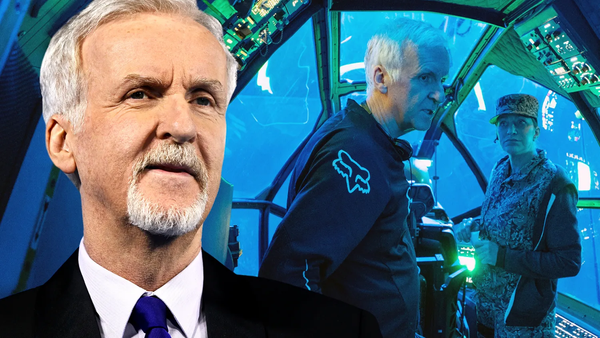Wallace Tillinghast and the New England airship hoax of 1909

From Creative Histories: "The New York Times stated that a "mysterious craft made its appearance over the city about 6:45 o’clock tonight, sailed about in circles and was seen by more than 1500 people…during much of the time the airship was near the city the aviator was sweeping the earth and skies with a powerful searchlight.” What would become known to history as The Great New England Airship Hoax of 1909 began on that cold December night in the relatively small city of Worcester, Massachusetts. Before it ended, hundreds of thousands of people – including many celebrities such as famed novelist H.P. Lovecraft – all over the northeastern United States would claim to have seen the strange lights and large flying craft, which were dubbed “airships” at the time, flying over their heads in the nighttime sky from Maine all the way to New Jersey."
It’s one of the most valuable machines in the world and it depends on this woman

From the Wall Street Journal: "When she reports for her shift at a chip plant, Hall slips into a bunny suit. She enters a room where the pristine air is 100 times cleaner than a hospital operating room’s. Then she makes her way over to an unfathomably complex machine. The piece of equipment that the entire world has come to rely on—and she is specially trained to handle—is called an extreme ultraviolet lithography machine. It’s the machine that produces the most advanced microchips on the planet. Even today, there are only a few hundred of these EUV machines in existence—and they are ludicrously expensive. The one that Hall maintains cost $170 million, while the latest models sell for roughly $370 million. It’s a process that involves vaporizing droplets of molten tin and producing light that doesn’t occur naturally on Earth."
He's 24 years old and trying to outrun schizophrenia

From the New York Times: "Kevin Lopez had just stepped out of his house, on his way to meet his girlfriend for Chinese food, when it happened: He began to hallucinate.It was just a flicker, really. He saw a leaf fall, or the shadow of a leaf, and thought it was the figure of a person running. For a moment, on a clear night last month, this fast-moving darkness seemed to hurtle in his direction and a current of fear ran through him.He climbed into the car, and the door shut and latched behind him with a reassuring thunk. Light had always caused problems for Kevin when symptoms of schizophrenia came on. He thought that the lights were watching him, like an eye or a camera, or that on the other side of the light, something menacing was crouched, ready to attack. But over time, he had found ways to manage these episodes; they passed, like a leg cramp or a migraine. That night, he focused on things that he knew were real."
Hi everyone! Mathew Ingram here. I am able to continue writing this newsletter in part because of your financial help and support, which you can do either through my Patreon or by upgrading your subscription to a monthly contribution. I enjoy gathering all of these links and sharing them with you, but it does take time, and your support makes it possible for me to do that. I also write a weekly newsletter of technology analysis called The Torment Nexus.
In this Dutch suburb residents have to grow food on at least half of their property

From The Guardian: "When Marco de Kat starts planning his meals, he doesn’t need to travel far for fresh food. Right outside his house is an 800 square metre plot with all sorts of produce – apples, pears, peppers, basil, beets and cauliflower, to name a few. During the winter months, he and his wife can pretty much survive off the vegetables stored in their freezer. Even after living in Oosterwold for a number of years, it’s something that still excites him. Oosterwold, where de Kat has lived since 2017, is a 4,300 hectare (10,625 acre) urban experiment located east of Amsterdam. First visualised about a decade ago by a local network, it was established by local government and Oosterwold planners as a way to give people more freedom – and responsibility – over the urban design process."
We don't know who invented Russian roulette but we know who popularized it

From the Swiss National Museum: "Georges Surdez was born in 1900 to a French-speaking middle class family in Biel-Bienne. As a child, Georges liked to read books about William Tell, Swiss history, the life of Napoleon and the French Foreign Legion as well as American adventure stories. Surdez began writing in 1922, initially in his free time, before later becoming a full-time author. His early stories were mainly crime thrillers, but also included a love story set in Africa. Surdez was also fascinated by the world of the Foreign Legion, the elite French army corps in which adventurers from all over the world signed up to serve and continue to do so today. It provided the setting for his story Russian Roulette, which was to bring him a certain amount of fame. It appeared on 30 January 1937 in the popular magazine Collier’s Illustrated Weekly."
Carl Sagan explains how the ancient Greeks proved the earth was round

Acknowledgements: I find a lot of these links myself, but I also get some from other newsletters that I rely on as "serendipity engines," such as The Morning News from Rosecrans Baldwin and Andrew Womack, Jodi Ettenberg's Curious About Everything, Dan Lewis's Now I Know, Robert Cottrell and Caroline Crampton's The Browser, Clive Thompson's Linkfest, Noah Brier and Colin Nagy's Why Is This Interesting, Maria Popova's The Marginalian, Sheehan Quirke AKA The Cultural Tutor, the Smithsonian magazine, and JSTOR Daily. If you come across something interesting that you think should be included here, please feel free to email me at mathew @ mathewingram dot com



